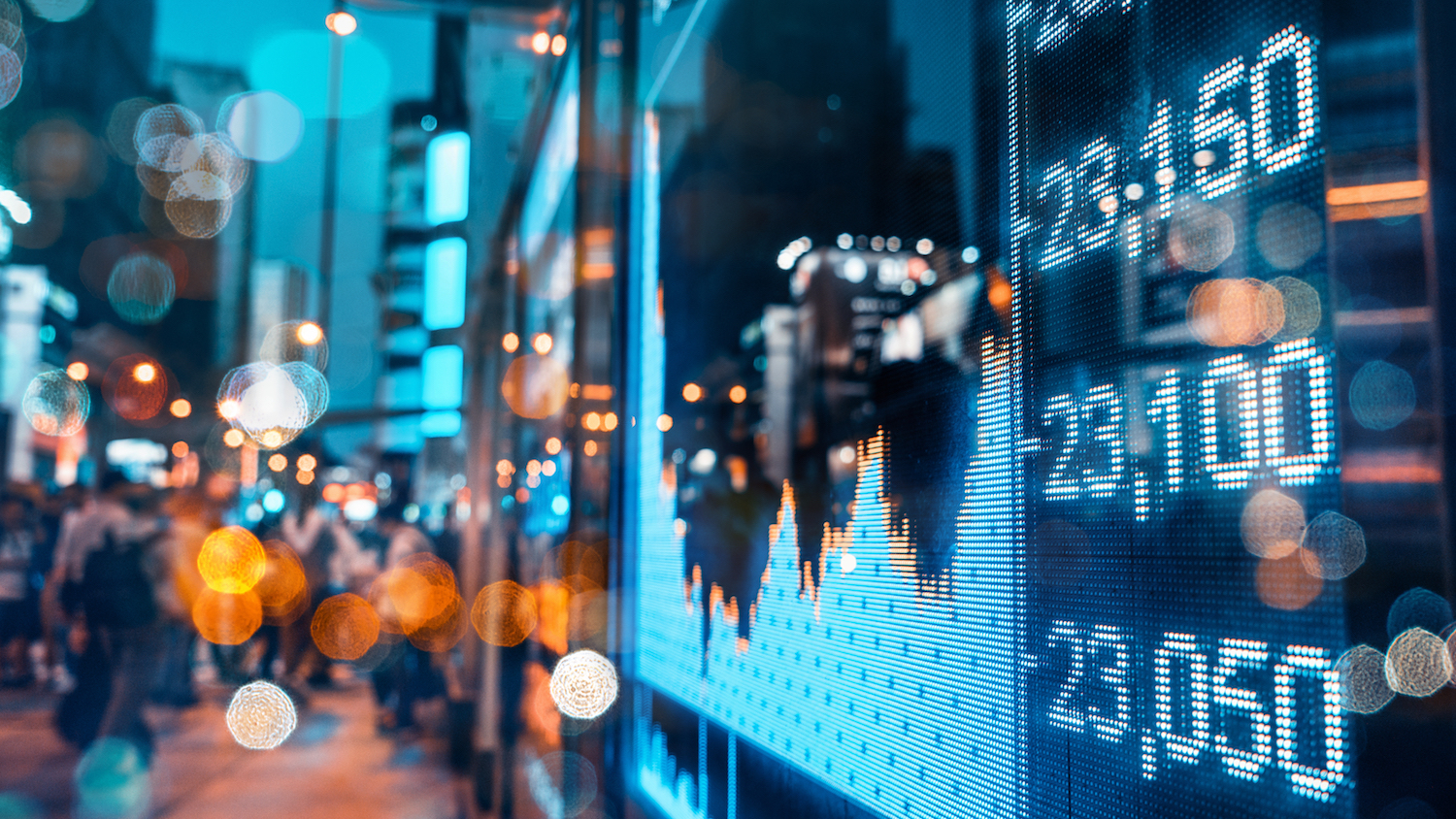Financial Market Phrases

Richard Warr, associate dean for faculty and academic affairs and professor of finance at Poole College, explains some phrases and buzzwords that are currently popular in the news.
“Dow futures are trading down”
When futures or the trading of futures is mentioned, what people are referring to is future contracts, which allow individuals to agree today to buy or sell something at a future date.

For example, a farmer who grows wheat can receive a guaranteed price for his or her fall harvest with a futures contract. The contract benefits the buyer and seller (the farmer) as both get to lock in prices.
The Dow Jones Industrial Average, or the Dow, a stock market index that comprises 30 companies’ stocks, allows investors to trade futures. Futures in financial markets, like the Dow, behave a little differently than in the agricultural example because many of the contracts can’t be physically delivered, unlike wheat. In the case of a Dow future, a buyer promises to pay the price of the contract in the Dow index on the expiration date (the end of each quarter). On the other side of the transaction, the seller agrees to sell the Dow future for the agreed upon price.
Most investors don’t hold Dow futures to maturity. Instead they use them to bet on which way the market will open when trading starts at 9:30 a.m eastern time. If an investor believes that the market is heading up — maybe because good news came out overnight — then he or she might be inclined to buy futures. When the market opens, the investor can sell his or her contract and capture the profit. An important characteristic of futures, and indeed most financial instruments, is that their prices change constantly to reflect market expectations.
Dow futures serve as a way for investors to reveal what they think the market is going to do. But it’s important to realize that they don’t present a sure-fire money-making strategy.
“The fear index increased”
An important characteristic of futures, and indeed most financial instruments, is that their prices change constantly to reflect market expectations.
The so-called fear index is a measure of the expected volatility of the stock market.
Historically, the stock market earns, on average, about a 10 percent return annually. Yet, there is a great deal of volatility in these returns — some years the market earns a lot more, some years it earns much less.
The volatility is measured by something called the standard deviation. For the U.S. stock market, the standard deviation of return is about 20 percent. This means that while on average it might get a 10 percent return, 68 percent of the time (a standard statistical distribution) we should expect the return to be in the range of 10 percent, with a plus-minus of 20 percent, so -10 percent to 30 percent. A larger standard deviation means greater market fluctuations.The problem with standard deviation is that it is a statistical measure based on what has happened. It doesn’t tell us what might happen.
Enter the fear index. More correctly, this index is called the Volatility Index (VIX), which exists on the Chicago Board Option Exchange. The VIX can be interpreted as the expected annual standard deviation of the S&P 500 stock index. It’s computation is pretty complicated, but essentially the value of the VIX is estimated by comparing prices of traded options on the S&P 500 with the current market level of the index and then doing a lot of math.
A VIX of 50 means that the market expects that the standard deviation of the stock market has increased to 50 percent, so 68 percent of the time we should expect market returns to be in the range of -40 percent to 60 percent. The VIX typically spikes when there is a great deal of uncertainty in the market. For example, the VIX spiked in 2008 at about the time of the financial crisis and hit a high of 82 percent on March 16, 2020, as more news of COVID-19 came out.
Like all things on Wall Street, you can trade the VIX by using derivative contracts to bet on whether you think the VIX will go up or down. You can literally trade on fear.
- Categories:
- Series:


